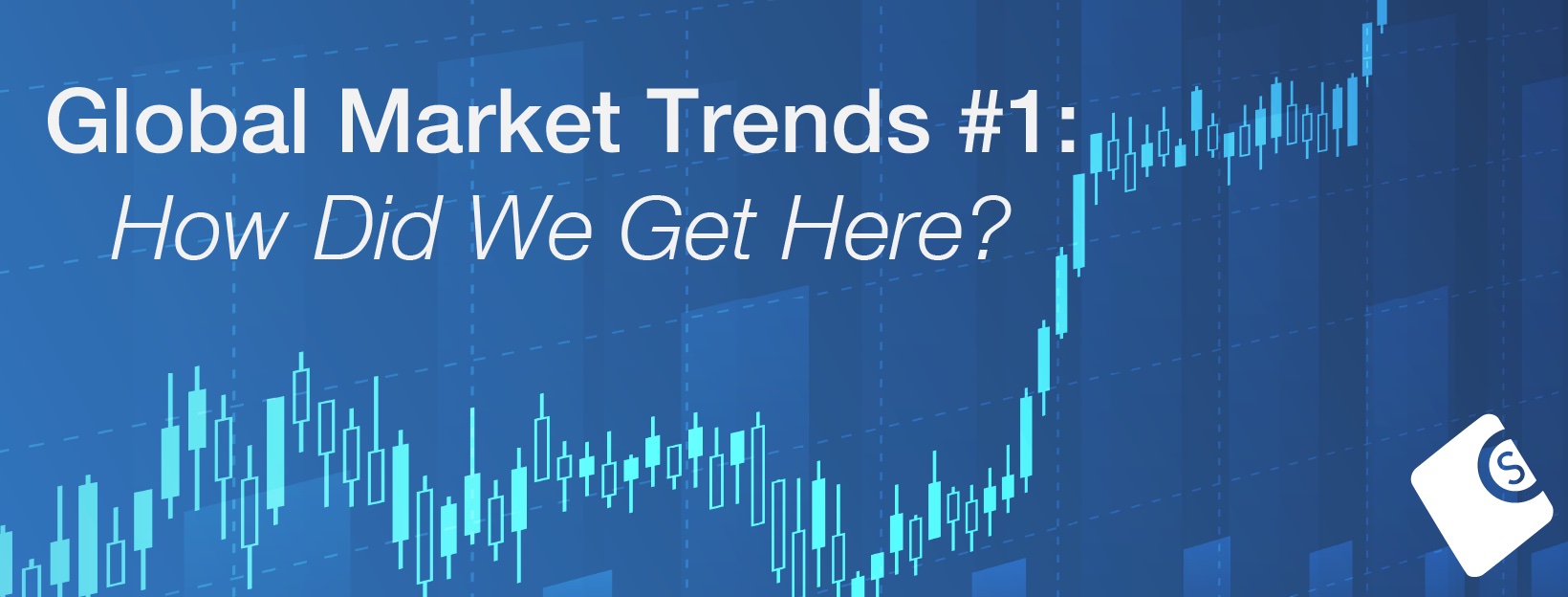Global Market Trends #1: How Did We Get Here?

In the final months of 2019, global media outlets began to report on a mysterious new respiratory virus that had infected workers in the Chinese province of Wuhan. Western populations were not, at that time, overly concerned — the outbreak was too far away to threaten much damage. There had been outbreaks of localised diseases in this part of the world before without international repercussions. Surely, this too would pass.
After having endured a long two years of a global pandemic, however, this Western naïveté has been beaten by a deep awareness of the intricacies of globalisation. Whilst modern systems of international collaboration and industry provide opportunities for development and innovation, the Covid-19 pandemic has underlined the disadvantages of modern globalisation. As international supply chains became ensnared in travel restrictions and local lockdowns, manufacturers and suppliers realised their dependence on Chinese labour and fabrication sites.
Industrial players have weathered a storm of difficulties since 2019, of which Covid-19 is only one cause. The global supply chain across all industries has been fraught with factory backlogs, increased costs, shortages of raw materials and components, and logistical issues. As we enter the second fiscal quarter of 2022, the supply chain problems faced by our industry partners show no sign of letting up. At Component Sense, we have been following trends in the market to compile this report and help our customers overcome current challenges within the electronic components industry.
The microchip shortages, price inflations, and supply backlogs currently plaguing the market are symptoms of a wide range of systemic issues. As the Covid-19 pandemic calms in Europe and the United States, renewed surges of infection in China have triggered fresh lockdowns. These lockdown measures threaten global supply chains, as they provoke lower levels of demands, staff shortages, factory shutdowns, and shipping difficulties. Alongside this, the current geopolitical landscape is in a state of turmoil. Russian President Vladimir Putin’s invasion of Ukraine has already led to significant political instability and loss of life, and the conflict has generated concurrent industrial and supply-chain problems. Writing for Bloomberg, Brendan Murray outlines the difficulties in acquiring neon gas and palladium. Ukraine produces about 50% of the world’s neon gas, whose role in powering etching lasers is crucial in chip manufacturing. Murray states that “Russia’s invasion now means the search for the lowest cost suppliers must be refocused around geopolitical alliances".
The global electronic manufacturing market is struggling to overcome even more issues than the Covid-19 pandemic and the Russia-Ukraine conflict, however. Here are some supplementary factors at work in the current global supply chain crisis:
- Pricing uncertainties due to inflation, packaging taxes (such as those imposed on plastics in the UK), high international tariffs, and suspended trading of materials (for example, nickel on the London Metal Exchange).
- Further geopolitical tensions, especially between China and Taiwan.
- Increased environmental awareness, with consumers more critical of Western manufacturers’ dependence on foreign labour, long-haul shipping, and high-emission processes.
- Increased automation and digitalisation (with electric vehicles and remote working/learning), generating a higher demand than the available supply permits.
Clearly, the electronics marketplace is currently in a state of significant transformation. At Component Sense, we monitor global market trends to help us advise our customers in the most practical manner possible. As a company, we believe in approaching adversity with knowledge and positivity, and through this series, we aim to encourage our customers to do the same.
As part of our series on current Global Market Trends, we are analysing the industry response to supply chain issues and international market projections. In our final editorial instalment, we will be offering our advice on the best way forward to our customer base. If you want to keep on top of our analysis and bolster your company’s success in such a fluctuating market, you can follow us on social media and receive notifications of our forthcoming editorial pieces for this series.